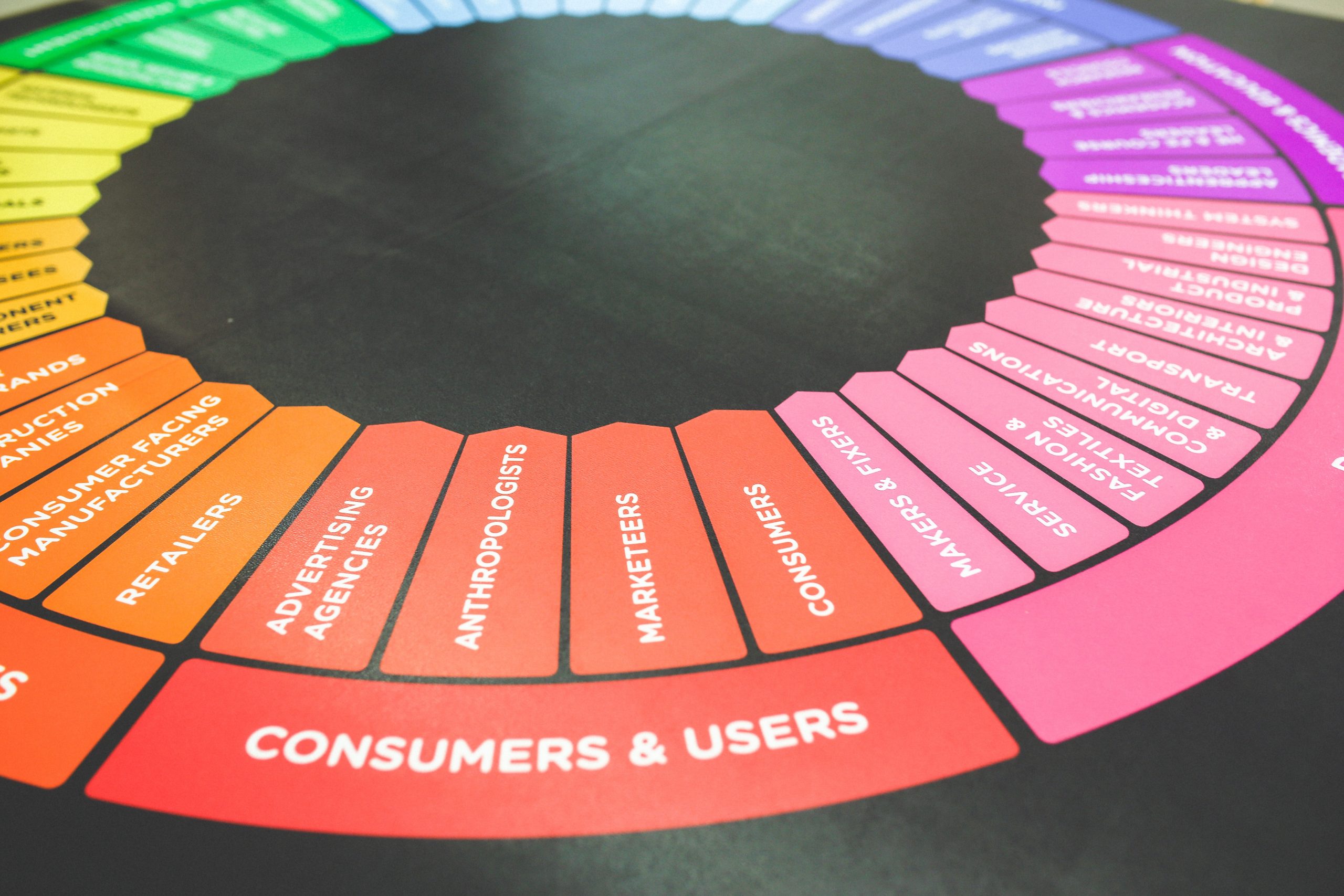April 14, 2020
Social Media is the Customer Service Tool You’ve Been Missing

If you’re a smaller business, there really is no need to hire a customer service team if you have a social media page. Your audience is already there and people are not shy about leaving comments on business pages. In fact, over 60% of U.S. consumers prefer automated self-service.
Really, the only issue a lot of brands have is that they simply don’t pay attention! All of the writing is on the wall, they just fail to see it. The fact is…customer service will always be a vital aspect of any satisfactory consumer experience. In the digital age, the type of customer service you offer to people is visible to everyone.

Customer Service and Social Media
28% of consumers have used social media to communicate with an organization within the past year. This trend is likely to increase due to the fact that over 30% stated it was a convenient contact method and 23% believe it’s a good way to get ahold of someone 24/7—or at least get a question addressed. This is especially true if a brand is running a chatbot. It’s like the automated doorman.
Convenience
Since social media is being viewed as uber convenient by consumers, it’s expected that brands will view it the same. This shifts expectations. As a result, most people expect a response to a question or complaint on social media within the same day.
Even still, 37% want an answer in under 30 minutes. Only a mere 6% didn’t expect any response at all. The other two windows were two and four hours.
So, as you can see, it’s not a huge amount of time and nothing like traditional customer service expectations.

Advocacy
Just assume your entire audience is watching…all the time. Not only does social media make it easy to speak to customers, but answering a complaint can increase customer advocacy by up to 25%. That’s because quickly responding to complaints will create loyal consumers. People appreciate being heard and the faster you respond, the quicker they forgive you.
On the same coin, failing to respond can have detrimental effects. When you ignore a complaint in front of your audience, it can decrease customer advocacy by up to 50%. Robust social media customer service strategy should be in place to ensure none of your team ever drops the ball.
It’s better to address a consumer and tell them you need to gather more data than to simply ignore them and leave the question/complaint hanging out in the open. Everyone will see this customer being ignored and it’s not a good look.
Unlike traditional customer support, everything is out in the open. All mistakes are on display and everything is transparent. A business should always be aware of this. Especially when crafting a response to a tough critique.
If you do it right, you create advocates…if you do it wrong, you lose customers.

Automation
In a sense, using social media as a filter for your customer support is a form of automation. After all, your page sits on autopilot most of the time. It’s not like a human is running it, 24 hours a day. It is estimated, by this year, 85% of customer interactions will be automated.
Social media began as a means of connecting to others socially. It has since evolved into a jackknife for everyday life and customer service is no different. People want to be immediately heard and they will go to where they believe it will happen. Since that’s social media, it’s best to be prepared.
The successful brands have developed more active social accounts to accommodate this trend in consumer behavior. It’s all for the sake of interacting with the masses, so don’t miss out on an opportunity







